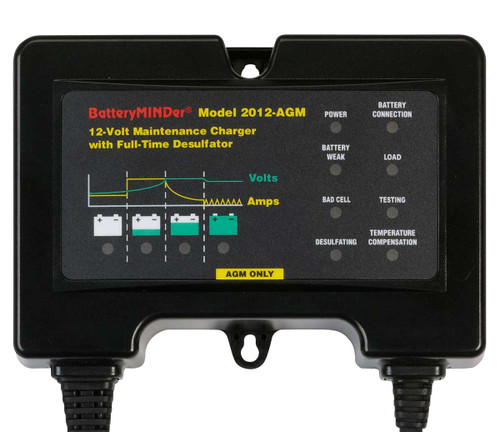Here is a battery I had on my camper that was in storage. The camper was stored in a fully enclosed garage in FL, but it was not environmentally controlled.
Battery was on a trickle charger 24/7 and I last checked on in over a year ago.
To my surprise when I went to get the camper the battery was flat. When I took a look at it I noticed the case was collapsed. Like the air was vacuumed out of it.
Never seen this before, if you notice the top is wavy and the side is collapsed in.


Battery was on a trickle charger 24/7 and I last checked on in over a year ago.
To my surprise when I went to get the camper the battery was flat. When I took a look at it I noticed the case was collapsed. Like the air was vacuumed out of it.
Never seen this before, if you notice the top is wavy and the side is collapsed in.

